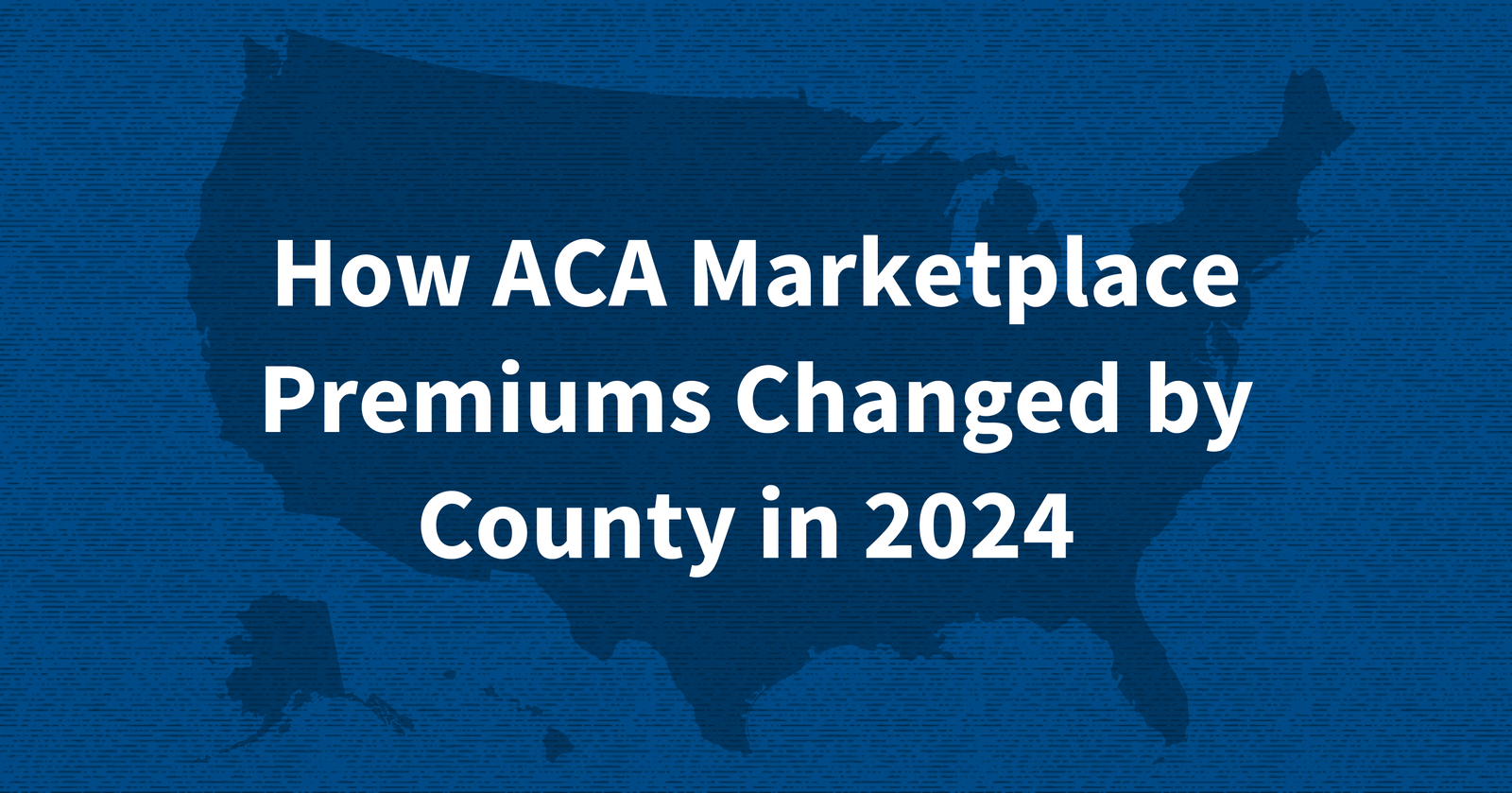The independent source for health policy research, polling, and news.
The independent source for health policy research, polling, and news.
Jared Ortaliza, Justin Lo, Matt McGough, and Cynthia Cox
Published:
Premiums for ACA Marketplace benchmark silver plans grew by about 5% in 2024, on average before taking into account subsidies. Meanwhile, premiums for the lowest cost unsubsidized bronze plans grew by about 6%, on average, in 2024.
However, premium changes vary by location and by metal level, with premiums decreasing in some cases. As most enrollees receive premium subsidies on the ACA Marketplaces, the net premium amount an exchange enrollee pays depends on their income and the difference in the cost between the benchmark plan (second-lowest-cost silver plan) and the premium for the plan they choose.
The map below illustrates changes in premiums for the lowest-cost bronze, silver, and gold plans by county, with and without subsidies. For data at the state-level, see our Health Insurance Marketplace tables.
In 2024, 9 in 10 marketplace enrollees received premium tax credit subsidies and therefore will not necessarily pay a higher premium, even if the unsubsidized premiums in their county are rising. To account for premium increases, federal spending to finance subsidies will also increase. With the enhanced financial assistance for ACA Marketplace coverage provided by the Inflation Reduction Act, subsidized enrollees with incomes at or below 150% of poverty ($21,870 for an individual and $45,000 for a family of 4) can get a free ($0 premium) or nearly free silver plan with a very low deductible if they sign up for the lowest or second-lowest cost silver plan. Relative to the original ACA subsidies, the Inflation Reduction Act also reduced payments for middle-income enrollees and removed the upper income limit on subsidy eligibility.
Because ACA subsidies only cover the “essential health benefits” (EHB) portion of the premium, enrollees with incomes between 100% to 150% of poverty may have to pay a nominal amount (e.g., $1 per month) for health coverage in counties where the lowest-cost silver plan and the second-lowest-cost silver plan include non-EHB benefits (for example, dental or vision coverage for adults or non-Hyde abortion coverage). In this analysis, we do not adjust for the non-EHB portion of premiums because that is not possible in all states with available data. Therefore, net premiums after subsidies may differ in some counties.
Calculation of the 2024 national average premium by metal level was weighted by county using 2023 plan selections obtained from the 2023 Marketplace Open Enrollment Period (OEP) County-Level Public Use File provided by CMS. In states running their own exchanges, we gathered county-level plan selection data where possible or we estimated county-level plan selections by determining the share of plan selections by county for a given state in a prior year and applying this to the total state plan selection value from the CMS 2023 OEP State-Level Public Use File.
KFF Headquarters: 185 Berry St., Suite 2000, San Francisco, CA 94107 | Phone 650-854-9400
Washington Offices and Barbara Jordan Conference Center: 1330 G Street, NW, Washington, DC 20005 | Phone 202-347-5270
www.kff.org | Email Alerts: kff.org/email | facebook.com/KFF | twitter.com/kff
The independent source for health policy research, polling, and news, KFF is a nonprofit organization based in San Francisco, California.
